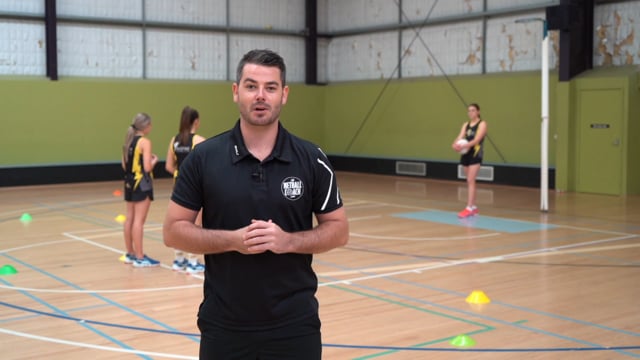
Think having three or four players absent from a netball training session is a problem reserved only for grassroots coaches?
Think again.
Over the years at the Thunderbirds and Fever, with a number of international netballers in his squad as well as players managing injuries, coach Dan Ryan has often spent critical weeks leading up to the Suncorp Super Netball season with significantly reduced numbers at training.
500+ DRILLS: FULL ACCESS TO ALL OF OUR COACHING VIDEOS
One season when he would have loved to be fine-tuning his team’s Round 1 preparation, he was without a number of players on Commonwealth Games duty just weeks out from the start of SSN.
So how best to manage it and get the most out of sessions when half your team isn’t there? Ryan has some key strategies he employs to ensure those sessions are never wasted.
HAVE A PURPOSE
While no one asks to have multiple absentees from a training session, sometimes it simply can’t be avoided.
Ryan says it’s important to remember that while it might be frustrating to be without key players, the players who have attended have a right to expect a well-planned session.
“The most important thing we should do as coaches when we’re faced with those challenges of having low numbers or players pull out at the last minute is to ensure every single session is purposeful, so your athletes actually get something out of it,” Ryan says.
“Whether it’s the smallest little thing, whether it’s a big team collective, an individual skill, whatever it might be, ensure that the athletes who are there and involved in your session are engaged and that the quality of the content you deliver is purposeful and meaningful.”
“It can be the smallest of things, but as long as it’s something to take away for those athletes, that’s something to keep in mind.”
A SPECIALIST OPPORTUNITY
Plan your session around the players you DO have.
Ryan says a smaller group provides a rare chance to do individual or position-based specialist skill work that might not be possible when all players are in attendance, which can advance a player’s skills weeks or even months ahead of where they might otherwise have been.
“Have a look at the athletes you do have and how it fits into where they position on the court and things like that,” he says.
“If you’re stacked up in the goal circle, turn your session into a shooting specialist session, or if you’ve got numbers defensively, make it a defensive focused session.”
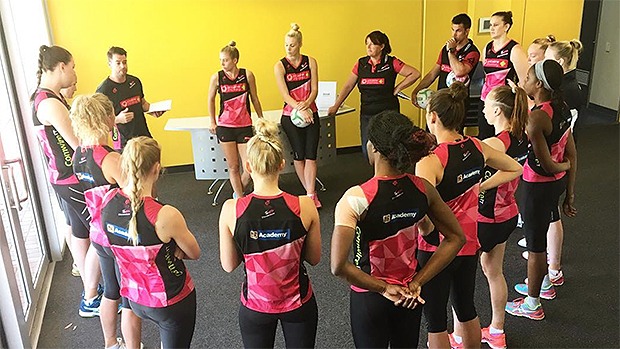
“Just make it very specific for the athletes that you have there so they feel like they’re almost getting that special one-on-one time with their coach. If you’re running a training session that’s aimed at your whole group and your whole group isn’t there, then your session’s kind of pointless. Tailor it for the athletes that you have there, and make it very specific to what they need to be working on, so there’s something that they can take away from it.”
DON’T BE CAUGHT OUT
We’ve all been there. Two players call in sick 20 minutes before training starts, and two other players are already away on a school camp.
But the session doesn’t have to be a disaster, if you’ve done a little pre-planning at the start of the year to cater for just such a scenario.
While Ryan has decades of experience and hundreds of drills he can draw on quickly, for less experienced coaches he suggests having some potential session plans written down in the back of your book for occasions when you’re faced with last-minute withdrawals.
NEW SEASON: A GUIDE TO PLANNING YOUR TEAM’S FIRST SESSION
“It’s always important to have a bit of a plan B in the back of your head, because when you’re coaching at those grassroots levels, quite often you’ll rock up to training and sometimes not even know how many athletes you’re going to get there,” he says.
“It’s the importance of being prepared, and I guess the craft of coaching is you sometimes do have to think on your feet quite a bit. So just having those drills and activities ready to roll out is really advantageous, but I also think your preparation is key as a coach and you’ve really got to be on the front foot with it all.”
AN OPPORTUNITY FOR YOU
Aside from individual player development, Ryan says having less numbers can also be a bonus for you as a coach, as a chance to hone your own ability to teach position-specific skills.
“From my perspective at Thunderbirds if I’m able to do team sessions and plan the team’s development but also then pull the athletes out on other days and do individual specialist sessions, I’m kind of sharpening my coaching craft from a team perspective and a specialist perspective all the time,” he says.
“Finding time in your coaching to plan those specialist sessions that are more intricate and getting to work on those finer points that sometimes get missed in your overall team sessions (is important).”
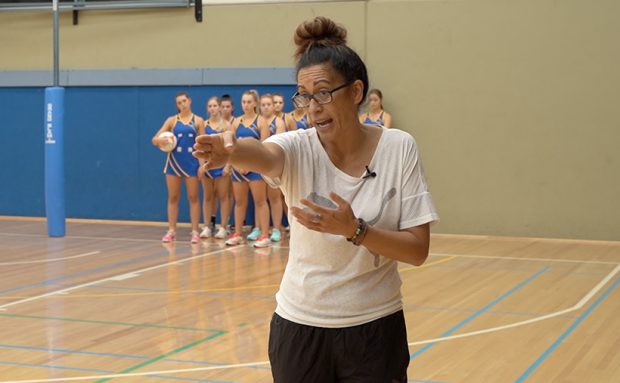
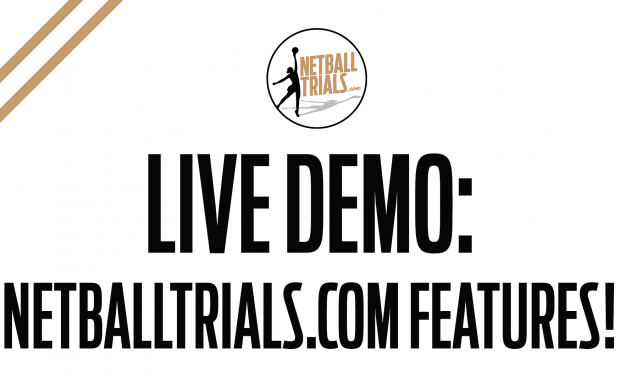
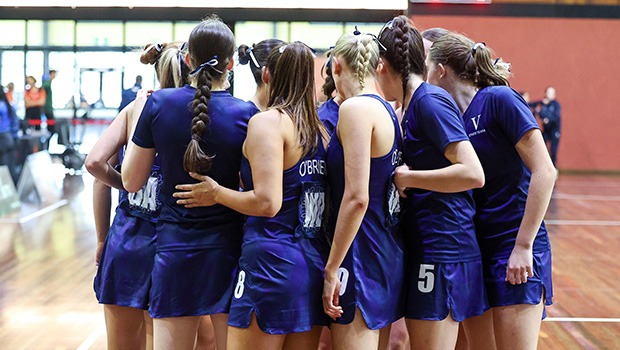
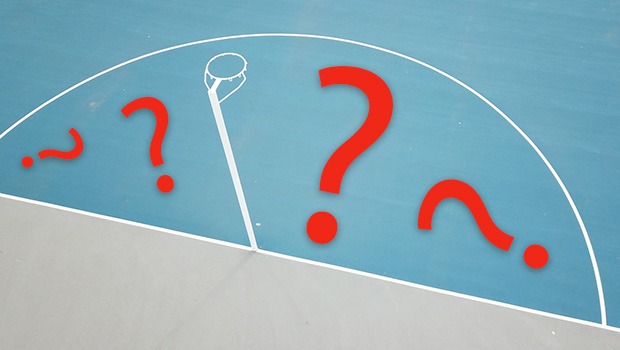
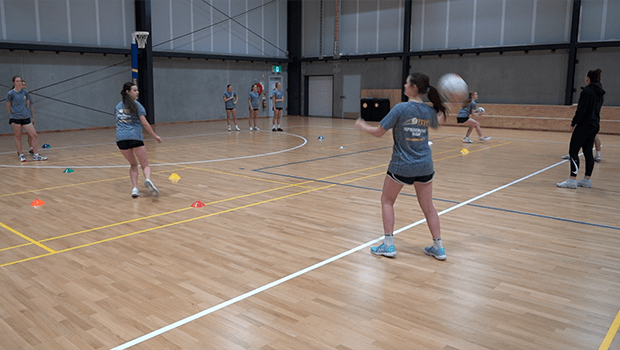
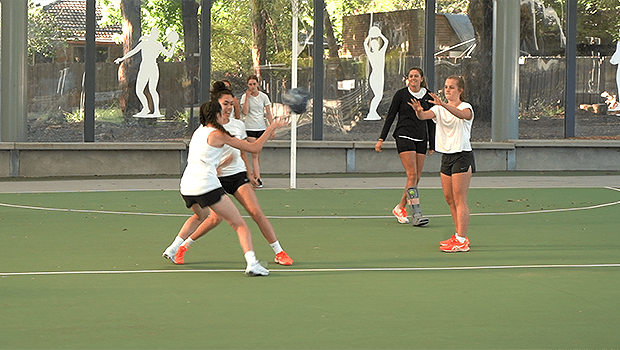
Great advice.. it’s always tough playing in a senior women’s team, as most weeks training happens with reduced numbers. I’ll be drawing up some sessions in the back of my little book to be prepared for this scenario!
Thank you for this input I coach a mixed algae team at secondary level and I’ve never had a full team attend. I felt very frustrated so this has helped for me to help the girls that always turn up.